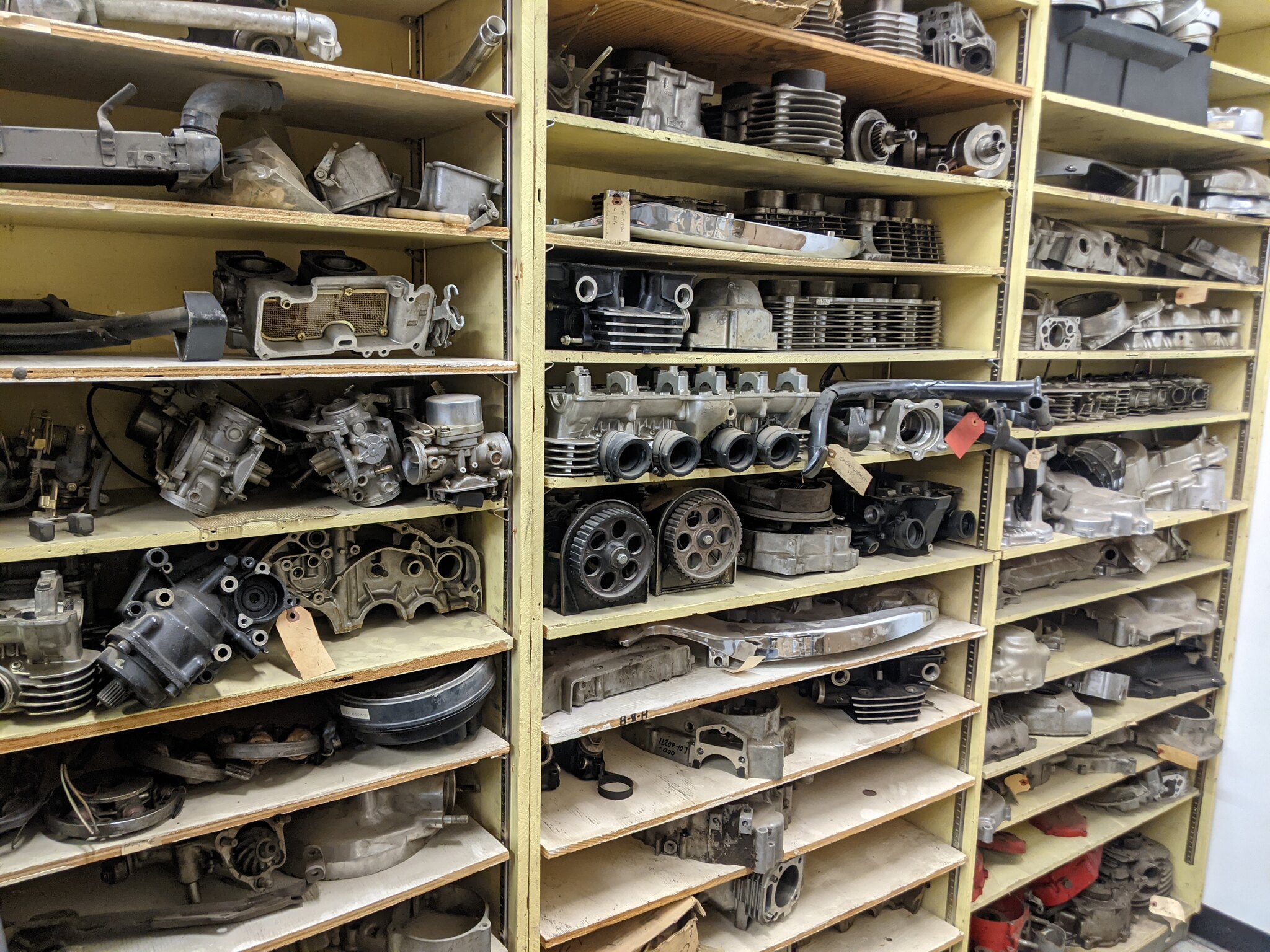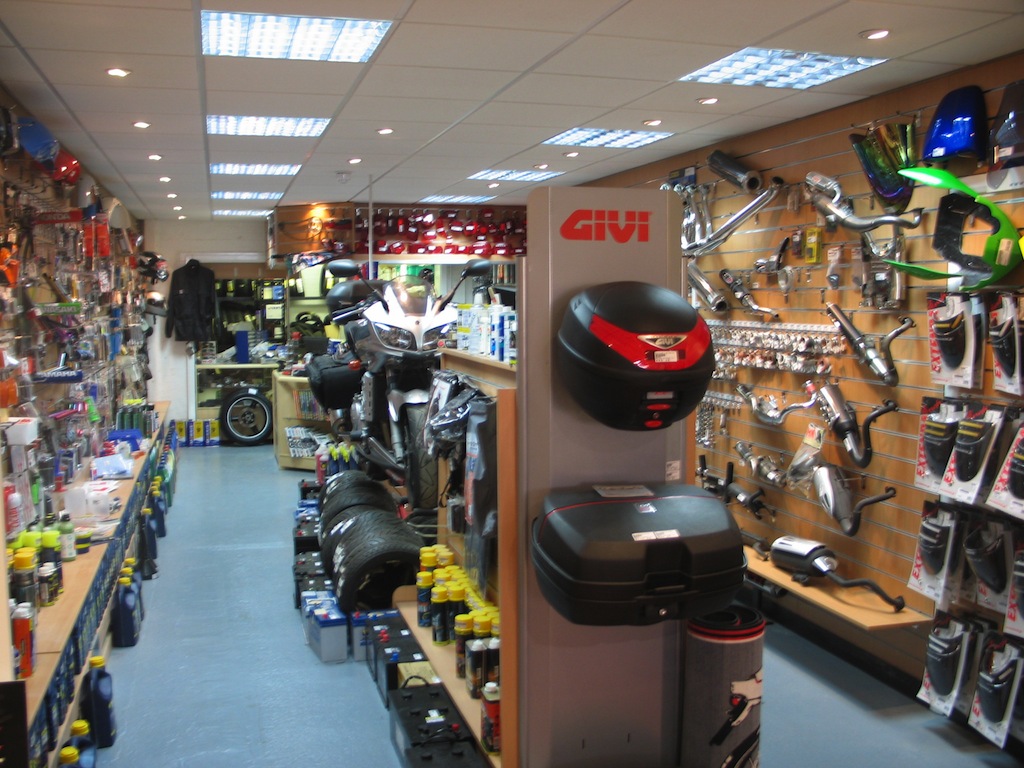Release Efficiency with Costs Motox Parts NZ Available Here
Release Efficiency with Costs Motox Parts NZ Available Here
Blog Article
Comprehending the Crucial Parts of a Motorbike: A Comprehensive Guide for Lovers
For bike lovers aiming to boost their riding experience and guarantee their bikes run efficiently, comprehending the vital elements of a motorcycle is critical. Each aspect, from the engine's elaborate operations to the essential duty of the braking devices, not just affects efficiency yet also safety and comfort. This overview will certainly go through the fundamental parts that every rider should be familiar with, making it possible for informed selections in both upkeep and potential upgrades. As we begin this expedition, one must ask: exactly how does each part engage to produce the smooth trip every fanatic seeks?
Engine Components

The camshaft plays an important duty in managing the timing of the engine's shutoffs, making sure the accurate opening and closing needed for efficient fuel and air intake, along with exhaust expulsion. This timing is essential to maintaining optimal engine efficiency and effectiveness. Additionally, the carburetor or gas shot system, relying on the motorbike version, is liable for blending air with gas in the appropriate proportion for burning.
The air conditioning system, either air or liquid-based, functions to maintain the engine's temperature within functional restrictions, stopping overheating and making certain long life - motocross parts nz. Each component, diligently developed and integrated, adds to the seamless procedure of the engine, defining the motorbike's power outcome and total efficiency
Transmission System
Integral to the bike's functionality, the transmission system guarantees reliable power transfer from the engine to the wheels. This system makes up a number of crucial elements, consisting of the clutch, gearbox, and final drive, each playing a vital duty in equating the engine's power into movement. The clutch, generally operated by a hand lever, offers to engage and disengage the engine from the transmission, allowing for smooth gear adjustments and controlled acceleration.
The transmission, typically referred to as the transmission appropriate, has a collection of equipments that bikers can manually change via to change the bike's rate and torque outcome. These gears are set up in a series that enables the motorbike to accelerate efficiently and keep ideal engine efficiency across different rates. Most motorbikes use a sequential transmission, needing the biker to shift gears in a predetermined order.
Braking Mechanisms
While comprehending the transmission system is crucial to harnessing a motorcycle's power, just as crucial is the ability to control and quit that power effectively, which is where stopping mechanisms come into play. Brakes are essential for safety and performance, offering the biker with the necessary control to navigate different terrains and conditions. Usually, motorbikes include two kinds of braking systems: disc brakes and drum brakes.
Disc brakes are much more common in modern motorcycles due to their exceptional performance. This system provides far better warmth dissipation, constant efficiency, and boosted quiting power, specifically in motorcycle helmet shield damp conditions.
Conversely, drum brakes, though much less typical, are best budget helmet still found in some bikes. They function by pushing brake shoes versus the inner surface of a drum connected to the wheel. While normally less reliable in warmth dissipation and quiting power, drum brakes are less complex and a lot more affordable.
Recognizing these braking systems' subtleties allows riders to keep their motorcycles effectively and appreciate the design that makes sure effective and secure quiting.
Suspension and Guiding
Suspension and guiding systems are vital elements that significantly affect a bike's handling and ride comfort. The suspension system, being composed of forks at the front and shock absorbers at the back, takes in road abnormalities, boosting stability and control. Front forks, upside down or commonly telescopic, compress and rebound to reduce influences, while back shock absorbers keep tire call with the roadway, crucial for traction and safety.
Steering, focused around the handlebars, connects the biker to the motorcycle's directional control. The steering head bearings ensure smooth operation, permitting exact maneuverability. Appropriate alignment and upkeep of these bearings are crucial for predictable guiding feedback and reducing motorcyclist fatigue.
The suspension's adjustability is another crucial aspect; preload, damping, and rebound setups enable modification to suit different riding designs and problems. This versatility is essential for maximizing performance, whether navigating city streets or dealing with rugged trails. Innovations like digital suspension systems have a peek at these guys use real-time adjustments, boosting ride high quality throughout varied terrains.

Electric Equipments
After guaranteeing a smooth and controlled adventure through efficient suspension and steering systems, focus turns to the electric systems, an essential facet of contemporary motorcycles. These systems play an important duty not just in starting the engine yet additionally in powering different elements that enhance the capability and safety and security of the motorbike.
At the heart of a motorbike's electric system is the battery, which stores electrical power required for starting the engine and powering auxiliary systems - mx parts nz. The alternator or generator, combined with the rectifier-regulator, makes certain the battery stays billed while the motorbike is in operation, converting mechanical power into electric power and preserving voltage degrees
The ignition system, another critical element, is accountable for sparking the air-fuel mix in the engine's cylinders. Modern motorbikes commonly utilize an electronic ignition system, supplying better effectiveness and integrity contrasted to traditional systems.
Lights systems, consisting of headlights, tail lights, and indications, are additionally essential, making certain presence and security for the biker. Additional electronic components such as sensors, control devices, and shows contribute to advanced functions like gas injection management, anti-lock braking systems (ABDOMINAL), and digital control panels, additionally boosting the riding experience.
Verdict
A comprehensive comprehension of a bike's important elements, consisting of the engine, transmission system, stopping mechanisms, suspension, guiding, and electric systems, is indispensable for enthusiasts aiming to maximize comfort, performance, and security. Mastery of these elements enables notified choices pertaining to maintenance and upgrades, eventually boosting the riding experience. By integrating this understanding, riders can ensure their motorbikes run at peak effectiveness and dependability, therefore making best use of both enjoyment and longevity of their cars.
For bike enthusiasts looking to raise their riding experience and ensure their bikes run smoothly, comprehending the necessary components of a motorbike is critical.Integral to the motorbike's performance, the transmission system makes certain effective power transfer from the engine to the wheels.While comprehending the transmission system is vital to harnessing a motorcycle's power, similarly crucial is the ability to manage and quit that power efficiently, which is where braking mechanisms come into play. Usually, motorbikes include two kinds of braking systems: disc brakes and drum brakes.
A comprehensive understanding of a bike's vital parts, including the engine, transmission system, braking mechanisms, suspension, guiding, and electric systems, is vital for fanatics intending to optimize convenience, efficiency, and safety and security.
Report this page